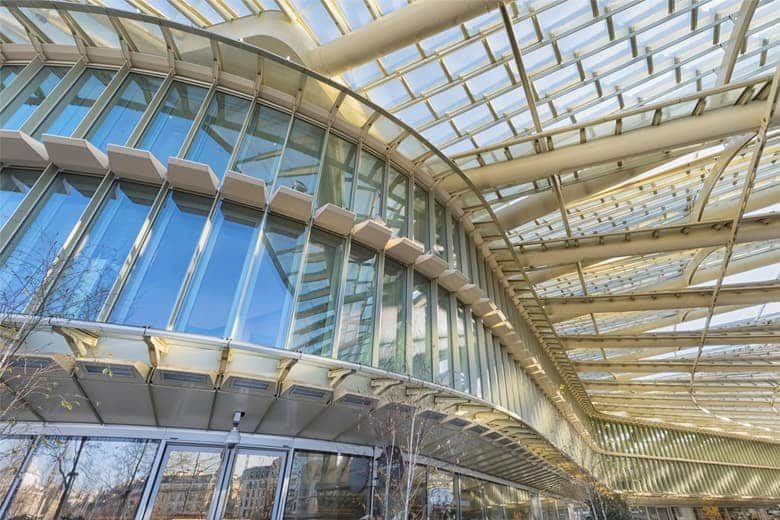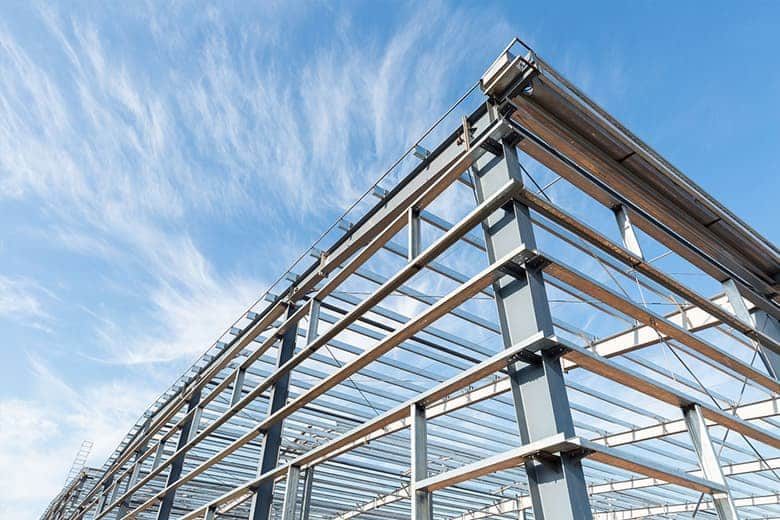The construction industry is one of the most important steel-using industries, accounting for more than 50% of the world’s steel demand. Steel is needed to support everything from houses to parking lots to schools and skyscrapers. Also, steel is also used for the cladding of roofs and facades.
According to a new UN report released in 2019, the world population is expected to increase by 2 billion people over the next 30 years, from 7.7 billion today to 9.7 billion in 2050. This will be accompanied by rapid urbanization. As the global demand for buildings and infrastructure continues to grow, reducing natural resource consumption and associated emissions is critical to future sustainability.
Not only is steel affordable, accessible, and safer, but its inherent properties, such as strength, versatility, durability, and 100% recyclability, improve environmental performance throughout a building’s life cycle.
Also, many high-strength sheets of steel are also used in other related industries, such as offshore oil rigs, bridges, civil engineering, construction machinery, rail cars, oil tanks, and pressure vessels. All these applications benefit from the properties of modern steel.

How steel is used in construction and infrastructure?
The possibilities for using steel in buildings and infrastructure are endless, the most common applications are listed below.
For buildings
- Structural Sections: These sections provide the building with a strong, rigid frame and account for 25% of the steel used in the building.
- Reinforcement: Reinforcement increases the tensile strength and stiffness of concrete by 44% of the steel used in station construction. The reason for using steel is that it adheres well to concrete, has a similar coefficient of thermal expansion, and is strong and relatively cost-effective. Reinforced concrete is also used to provide deep foundations and is currently the main building material in the world.
- Panel Products: 31% of steel is used in panel products such as roofs, purlins, interior walls, ceilings, cladding, and exterior wall insulation.
- Nonstructural Steel: Steel is also used in many nonstructural applications in buildings, such as heating and cooling equipment and internal plumbing.
- Internal fixtures and fittings: such as railings, shelves, and stairs are also made of steel.
For infrastructure
- Transportation Network: The construction of buildings such as bridges, tunnels, railways, gas stations, railway stations, ports, and airports requires steel. In this application, approximately 60% of the steel is used as reinforcement, with the remainder being profiles, plates, and rails.
- Utilities (Fuel, Water, Electricity): Over 50% of the steel used in this application is used in underground plumbing for the distribution of water to and from the house, and the distribution of gas. The rest are mainly rebars for power stations and pump houses.

The benefits of using steel in construction
- Reusable and infinite recycling.
- Contain at least 25% recycled steel.
- Improve the energy efficiency of buildings and construction projects.
- Sturdy, only a few beams are required to provide more available development space.
- Lightweight, need to reduce foundation.
- Fewer materials mean saving resources and less impact on the environment.
- Flexible with other materials.
- Since steel is ductile, it has strong shock resistance.
- Rapid on-site construction of preloaded buildings.
- Durable.
- Stainless Steel Sheet
- Stainless Steel Plate
- Stainless Steel Tube
- Stainless Steel Pipe
- Stainless Steel Bar
- Stainless Steel Rod
- Stainless Steel Coil
- Stainless Steel Strip
- Stainless Steel Angle
- Stainless Steel Flat Bar
- Stainless Steel Channel
- Stainless Steel Wire
- Stainless Steel Wire Mesh
- Stainless Steel Rectangular Tube
- Stainless Steel Cable
- Stainless Steel Threaded Rod
Get The Solution
We offer our customers the opportunity to increase profitability by meeting their just-in-time production schedules and offering customized services to meet end-user-specific requirements. Posco Group has always been committed to improving customer service and product quality and providing high-value solutions for customers’ businesses. Satisfying the needs of customers is our daily work goal!

